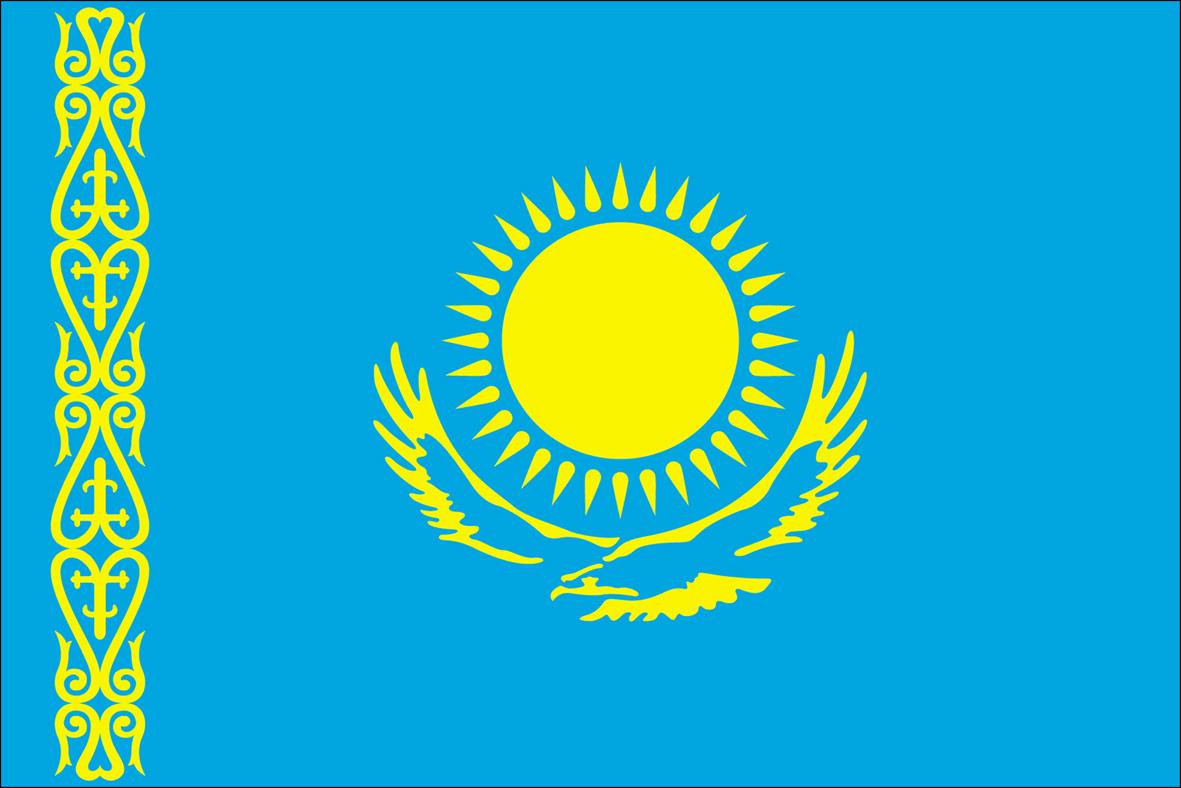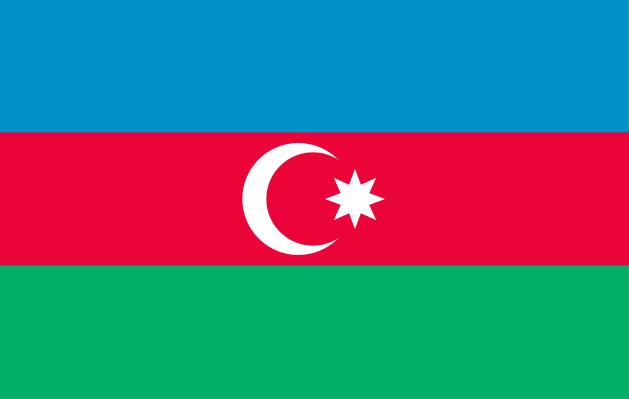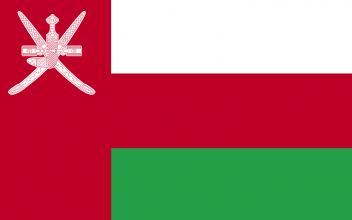Nowruz: Celebrating the New Year on the Silk Roads

Nowruz is a rite dating back to the 6th century BCE, marking the ushering in of spring and the new year. Variously known as Novruz, Nowrouz, Nooruz, Navruz, Nauroz, or Nevruz, it is celebrated by more than three hundred million people across the vast regions along the Silk Roads in many countries, including Afghanistan, Azerbaijan, India, Iran, Iraq, Kyrgyzstan, Kazakhstan, Pakistan, Tajikistan, Turkey, Turkmenistan, Uzbekistan, and Mongolia.
Some of this festival's earliest origins lie in Zoroastrianism. It marked one of the holiest days in the ancient Zoroastrian calendar. The return of the spring was seen to have great spiritual significance, symbolising the triumph of good over evil and joy over sorrow.
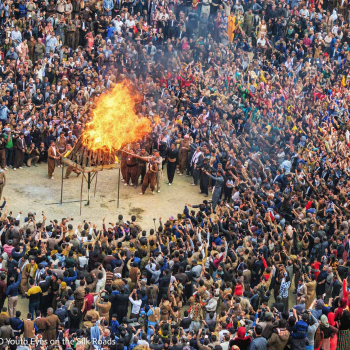
Over the last millennium, Nowruz has developed and expanded, incorporating new social, religious and cultural influences as it spread along the Silk Roads. Its date, originally calculated according to ancient astronomical practices, was revised and recalculated on numerous occasions in the 11th and 12th centuries as Nowruz continued to be a celebration of great social significance. Renowned Muslim scholars, such as Abu Rayhan al-Bīrūnī (973-1048 CE), Mahmud Kashgari (1005-1102 CE), and Omar Khayyam (1048-1131 CE) are among the many intellectuals who studied the date of Nowruz.
Although the traditions and customs accompanying the celebration of Nowruz vary from country to country, many unifying features exist. The symbolic preparations on Nowruz Eve for fire and water, ritual dances involving leaping over fires and streams, filling up water supplies in the hope of abundance in the new year, bringing candles and offerings to remember the dead, as well as the preparation of the Nowruz traditional table with symbolic objects, and the shared symbolic meal among families and communities, they all witnessing intense cultural interactions and shared legacies that link different societies and communities along the Silk Roads today.
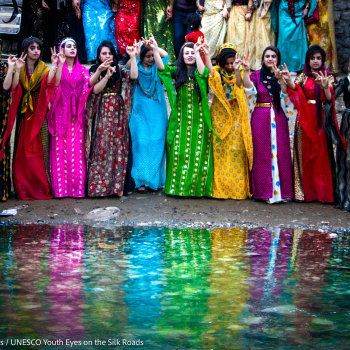
Nowruz is also the occasion for traditional cultural activities, combining common practices with local customs. Poetry is a popular feature of Nowruz celebrations, with 'Nowruzi poems' being written, published and recited around the time of the festival. Music is also essential, and many countries that celebrate Nowruz have their traditional folk songs dedicated to this festival. A wide variety of traditional dances are also performed during the celebrations.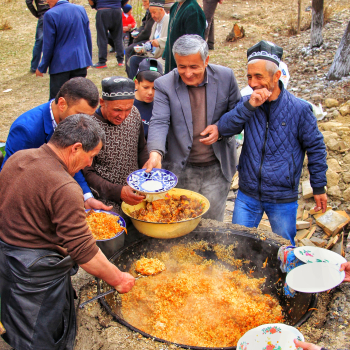
These annual traditions to welcome the spring have been passed on from generation to generation throughout the last millennium; Nowruz provides an opportunity not only to enjoy ancient cultural customs and traditional songs, music, dancing, rituals, foods and story-telling but also to promote peace and solidarity within towns and communities and to strengthen deep-rooted bonds of friendship and exchange.
In recognition of the importance of this ancient rite, Nowruz was inscribed on UNESCO's Representative List of the Intangible Cultural Heritage of Humanity in 2009. Moreover 2010, the United Nations General Assembly proclaimed 21 March International Nowruz Day.
